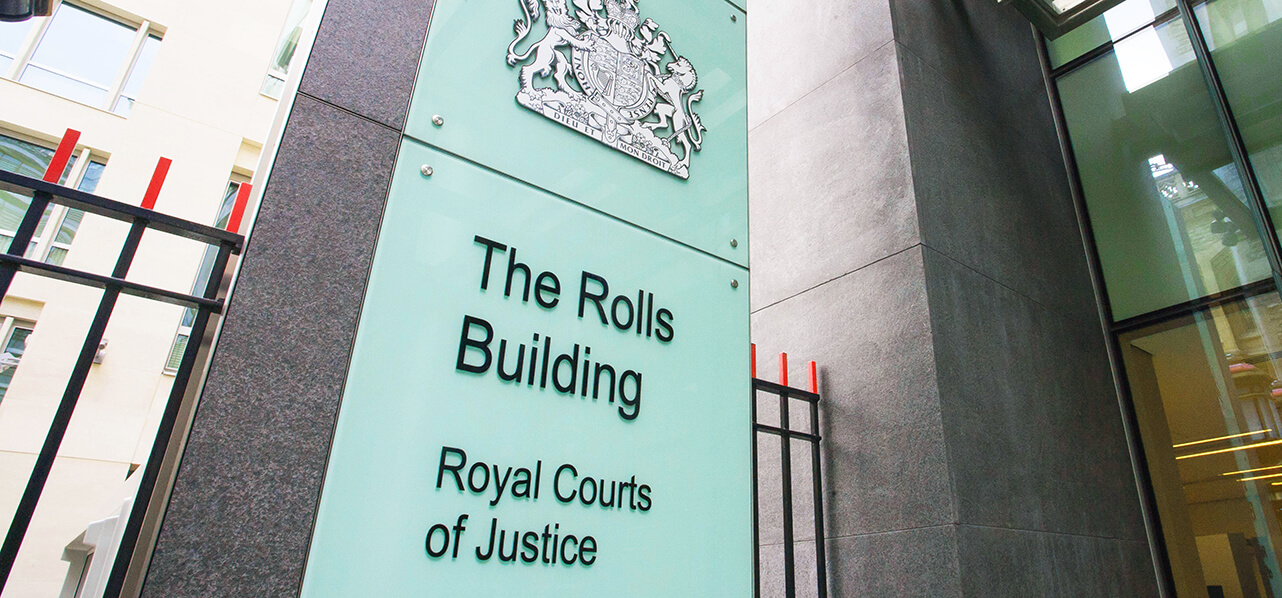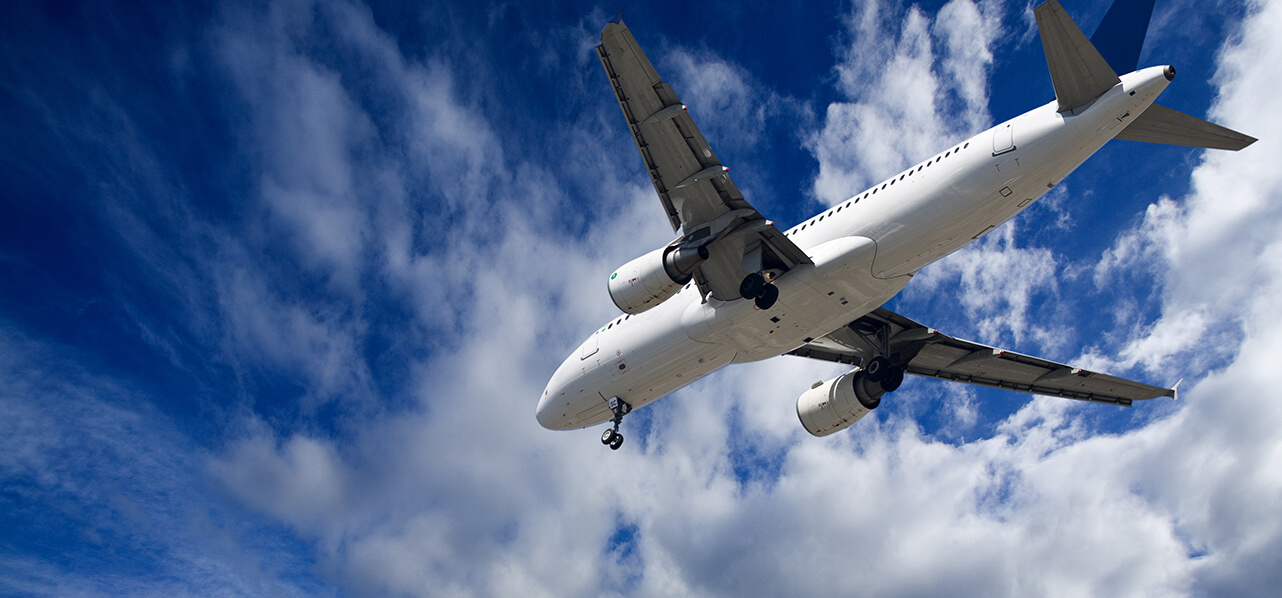Partner New York
"The port fees are slated to go into effect beginning October 14, 2025, with rates increasing after such time on a phased schedule."
On April 17, 2025, the Office of the US Trade Representative (“USTR”) published a notice of action (the “USTR Notice”) implementing its port fee proposal, first announced on February 21, 2025. The rules differ substantially from the February proposal (summarized here). The calculation of the fees has changed to a net tonnage-based fee (or for certain vessels, based on containers discharged or Car Equivalent Units). Several points have been clarified. Specialized rules apply to LNG transportation and vehicle carriers, including fees and restrictions on non-Chinese vessels. The port fees are slated to go into effect beginning October 14, 2025, with rates increasing after such time on a phased schedule.
Summary of port fees
The USTR Notice implements the port fee mechanism by means of four non-cumulative “Annexes.”
Annex I – Fee on Chinese vessel operators and vessel owners
- Beginning October 14, 2025, a fee will be imposed on the entry of a Chinese-owned or operated vessel into a US port at a rate of $50 per net ton. The rate will be increased beginning in April 2026, plateauing at $140 per net ton in April 2028.
- “Owners” and “operators” are defined by reference to US Customs and Border Protection (“CBP”) Form 1300. The instructions to the CBP Form state that the “operator” is defined as the party listed on the Certificate of Financial Responsibility (Water Pollution) unless other verifiable charter or lease arrangement indicates otherwise. The form does not include guidance as to who is the “owner.”
- “China” includes the People’s Republic of China, Hong Kong and Macau, although not Taiwan. A Chinese owner or operator generally includes, inter alia, an owner or operator that is a citizen of or headquartered in China, as well as an entity that is owned or controlled by a Chinese citizen.
Annex II – Fee on Chinese-built vessels
- Beginning October 14, 2025, a fee will be imposed on the entry of a Chinese-built vessel into a US port at a rate of $18 per net ton. The rate will be increased beginning in April 2026, plateauing at $33 per net ton in April 2028. In the case of container vessels, an alternate rate will be imposed (if higher than the tonnage rate) calculated on the basis of containers discharged: starting at $120 per container, and plateauing at $250 per container.
- There are several exceptions to the imposition of the fees, including for vessels arriving to the US empty or in ballast, certain small vessels, certain US-owned vessels, vessels entering the continental US from a voyage of less than 2,000 nautical miles, and certain specialized vessels.
Annex III – Fee on foreign-built vehicle carriers
- Beginning October 14, 2025, a fee will be imposed on the entry of a non-US-built vehicle carrier vessel into a US port at a rate of $150 per Car Equivalent Unit (CEU).
Annex IV – Restriction on LNG exports
- Beginning April 17, 2028, at least 1% of all LNG intended for exportation by vessel in a calendar year must be exported by a US-built vessel. This percentage increases annually, plateauing at 15% in April 2047.
Operation and common provisions of Annexes
- The fees and restrictions imposed by the annexes are not cumulative. The order of operation of the Annexes is 1) Annex IV (LNG exports); 2) Annex III (non-US car carriers); 3) Annex I (Chinese owners/operators); and 4) Annex IV (Chinese-built vessels). For example, a Chinese-built vessel that is subject to fees because it has a Chinese owner or operator will not also be subject to fees on Chinese-built vessels.
- The fees on Chinese-built vessels and foreign-built vehicle carriers, and restrictions on LNG exports, will be suspended for up to three years if the vessel owner orders and takes delivery of a US-built vessel of equivalent or greater capacity. This suspension does not apply to Chinese-owned or leased vessels.
- The fees on Chinese-owned or operated vessels and Chinese-built vessels are imposed up to five times per vessel per year. This limitation does not apply to the fees on foreign-built vehicle carriers.
- The fees on Chinese-owned or operated vessels and Chinese-built vessels are assessed for each string of US voyages (so that a voyage that involves deliveries at multiple US ports of call in a row would trigger only a single fee). This rule does not apply to the fees on foreign-built vehicle carriers.
Notable changes to the proposed rules
The USTR differs substantially from the rules that had been proposed in February. Among the relevant changes are:
- The fees are now calculated based on tonnage (or containers delivered/vehicle carrying capacity) rather than per vessel. The fees on Chinese owners and operators are also generally higher than the fees on Chinese-built vessels.
- There are multiple exceptions to the fees on Chinese-built vessels (e.g., small vessels and vessels arriving in the US empty), but the exceptions do not apply to the fees on Chinese owners and operators.
- The exception from the fees on small Chinese-built vessels applies to vessels with a capacity of equal to or less than: 4,000 Twenty-Foot Equivalent Units (relevant for container ships), 55,000 deadweight tons, or an individual bulk capacity of 80,000 deadweight tons. The reference to “individual bulk capacity” appears to mean that dry bulk carriers with capacity of up to 80,000 deadweight tons are exempt, whereas for other vessels the maximum tonnage capacity appears to be 55,000 deadweight tons.
- There are no fees based on the fleet makeup of the owner or operator; the focus is on the vessel itself and its owner/operator.
- The fees on newbuilding orders from Chinese shipyards have been eliminated.
- The fees on vehicle carriers apply to any non-US-built vessel, whether or not there is a Chinese nexus.
- The requirement that certain exports be carried on US-built vessels now applies only to LNG, and only starting in 2028. LNG carriers are exempt from the other fees.
Key contacts
Partner New York
Foreign Legal Consultant Hong Kong
Partner London
"Those wishing to testify must sign up by May 8. Following this hearing, we may see further amendments and/or clarifications to the fees."
Questions and uncertainties
While the USTR Notice clarifies some uncertainties from the February proposal, significant questions remain. Among the questions that may be relevant are:
- When is there a Chinese “operator”? – Rather than defining the term “operator,” the USTR Notice cross-references CBP Form 1300, which refers, in the instructions for which party should be identified as the operator in the form, to the operator listed on the Certificate of Financial Responsibility (Water Pollution) (“COFR”) under the Oil Pollution Act of 1990 (OPA) and the Comprehensive Environmental Response, Compensation, and Liability Act of 1980 (CERCLA). The COFR regulations generally define an “operator” as “a responsible party who conducts, or has responsibility for, the operation of a vessel.” However, where there are multiple operators, the parties can generally agree to designate any such responsible party as the operator listed on CBP Form 1300. This may be a factor in deciding which party to designate where there are multiple potential “operators” (e.g., owner, charterer, technical manager) some of which are Chinese and some of which are not.
- Who is the “owner” in a Chinese lease financing? – CBP Form 1300 does not include any definition of “owner.” In a Chinese lease financing, a special purpose vehicle (often organized outside China) owned or controlled by a Chinese leasing company will be the nominal owner of the vessel, and will lease (by means of a bareboat charter) the vessel to the lessee. However, the lessee is considered the beneficial owner of the vessel, in that the lessee typically retains the economic burdens and benefits of the vessel, and the vessel is recorded on the lessee’s balance sheet for accounting purposes. It seems clear that the action would not extend fees to a vessel that is not otherwise Chinese-related, but financed by means of a traditional vessel mortgage-backed loan from a Chinese bank, despite the fact that a loan transaction is economically similar to a finance lease.
- How does the exception for US-owned vessels operate? – The USTR Notice includes an exception from the fees on Chinese-built vessels for US-owned vessels, where the US entity owning the vessel is controlled by US persons and is at least 75 percent beneficially owned by US persons. There is no definition of “US persons” or what constitutes “beneficial ownership.” The reference may indicate that the US citizenship 75% ownership requirement for vessels operating in the coastwise trade of the United States (known as the Jones Act) would be used. It is unclear whether “US persons” in the USTR Notice mean the same thing as “US citizens” under the Jones Act, or how ownership by a publicly traded company, private equity fund, or other diffuse ownership structure would be analyzed under the USTR Notice.
- Does the exception for vessels arriving to the US empty or in ballast apply to vessels that do not deliver cargo to the US? – The exception from the fees for Chinese-built vessels arriving to the US empty or in ballast suggests that the fees are intended to apply only for vessels delivering cargo to the US, not a vessel solely delivering cargo from the US. If a vessel calls in a US port with non-US cargo, and it wishes to load additional cargo without any discharge in the US, it appears the exception would not apply by its literal terms, although this may not have been intended.
- Does the fee limit of five US calls per year apply per calendar year or per one-year period? – The USTR Notice indicates that the fees will start in October 2025, so if the limit is imposed per calendar year, it may be of limited utility in 2025.
Next steps
The USTR Notice has a set timeframe, and the fee structure is scheduled to be implemented beginning October 14 unless the action is amended, delayed or successfully challenged. However, the USTR has scheduled another hearing for May 19. Those wishing to testify must sign up by May 8. Following this hearing, we may see further amendments and/or clarifications to the fees.
Key contacts
Partner New York
Partner New York
Foreign Legal Consultant Hong Kong
Partner London







